[português]
Como o próprio título indica, a obra tem
relação com um pedido de socorro. A sigla SOS está escrita em braile, o que
envolveria o tato para decodificar os pontos em relevo. A artista se vale de
círculos de metal utilizados em sinalização de pisos para alertar deficientes
visuais sobre obstáculos. A mudança de escala dos sinais, em dimensão muito
maior do que o nosso corpo alcança, impede que a leitura ocorra em movimento
contínuo e, assim, é como se as palavras jamais pudessem ser compreendidas.
Com a disposição em vertical de um piso
tátil projetado para superfícies horizontais, a inversão das coordenadas de
orientação no espaço pode gerar vertigem. E, de fato, o ambiente espelhado
envolve e captura os espectadores que atravessam o corredor do museu. Nosso
olhar é atraído em movimentos espiralados para o interior de espaços
imaginários e atordoantes.
As imagens reúnem uma espécie de paisagem
construída com fotografias de minerais, que se mesclam com imagens de grades e
fragmentos de arquiteturas labirínticas. A partir da manipulação de imagens
digitais, é como se sobrevoássemos paisagens convertidas em fósseis que condensam
tempos diferentes, como se avistássemos do alto um território em ruínas, um
mundo devastado. As linhas da pedra fotografada trazem a ideia de fratura, de
colapso da natureza e da cultura.
As montagens fotográficas emolduradas são
opacas, contrastam com o brilho do fundo, mas se integram ao conjunto distópico.
Os elementos que apontam para a ideia de futuro são tratados pela artista como
algo já sedimentado, como restos petrificados do passado. Em vez de promessa de
felicidade, de crença num mundo melhor, a obra parece tratar da falência e da impossibilidade
de salvação.
[inglês]
As indicated by the title itself [which means “Fractured Field, SOS”] the work bears relation with an appeal for help. The code sequence SOS is written in Braille, which would involve the sense of touch to decode the points in relief. The artist makes use of steel studs used as signals on floors to warn visually impaired people about obstacles. The change in the scale of the signs, to a size much larger than our body can reach, prevents them from being read in a continuous movement and, thus, it is as though the words could never be understood.
A tactile floor designed as a horizontal surface has been placed vertically, giving rise to an inversion of the coordinates for spatial orientation, which can cause vertigo. And, in fact, the mirrored environment envelops and enthralls the viewers who pass through the museum corridor. Our gaze is attracted in spiraling movements to the interior of imaginary and stunning spaces.
The images create a sort of landscape constructed with photographs of minerals, which are mixed with pictures of grids and fragments of labyrinthine architectures. Through the manipulation of digital images, it is as if we were flying over landscapes converted into fossils that condense diverse time periods, or if we were looking down on a land in ruins, a devastated world. The lines of the photographed stone bear the idea of fracture, of the collapse of nature and of culture.
The framed photographic montages are opaque, they contrast with the glossy background, but are part of a dystopian setting. The elements which point towards the idea of the future are treated by the artist as something already sedimented, as petrified waste from the past.
Instead of a promise of happiness, of a belief in a better world, the work seems address a sense of failure and the impossibility of salvation.
Cauê Alves
Curador
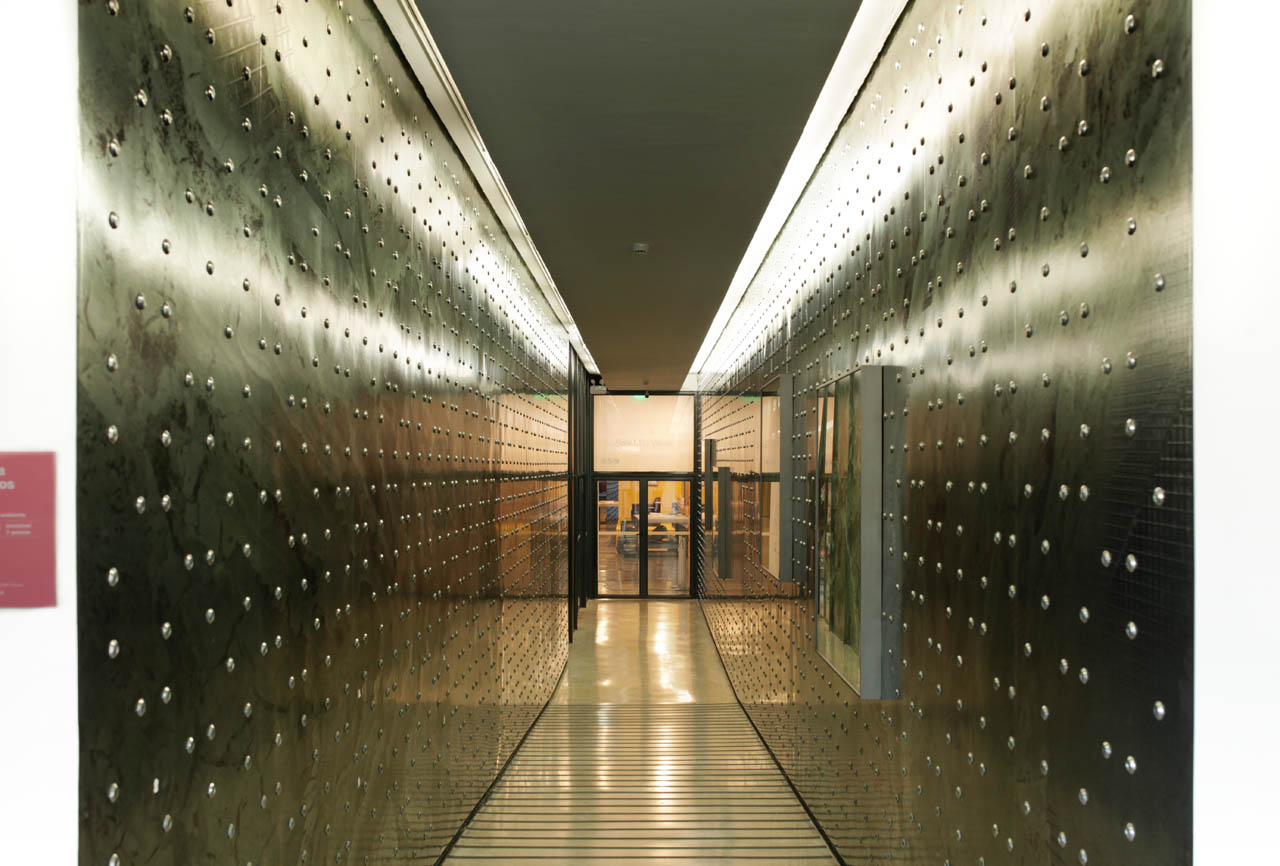 foto de Pedro Perez Machado
foto de Pedro Perez Machado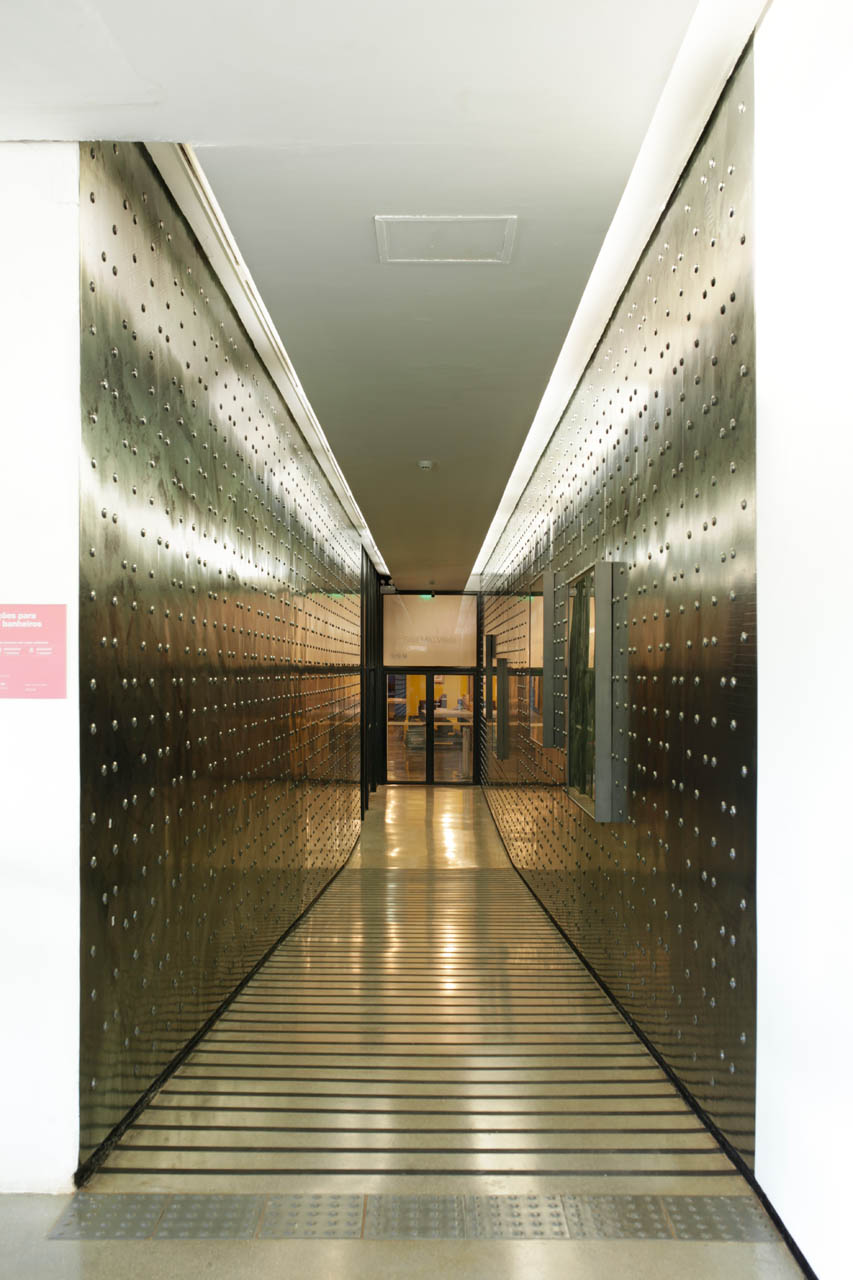 foto de Pedro Perez Machado
foto de Pedro Perez Machado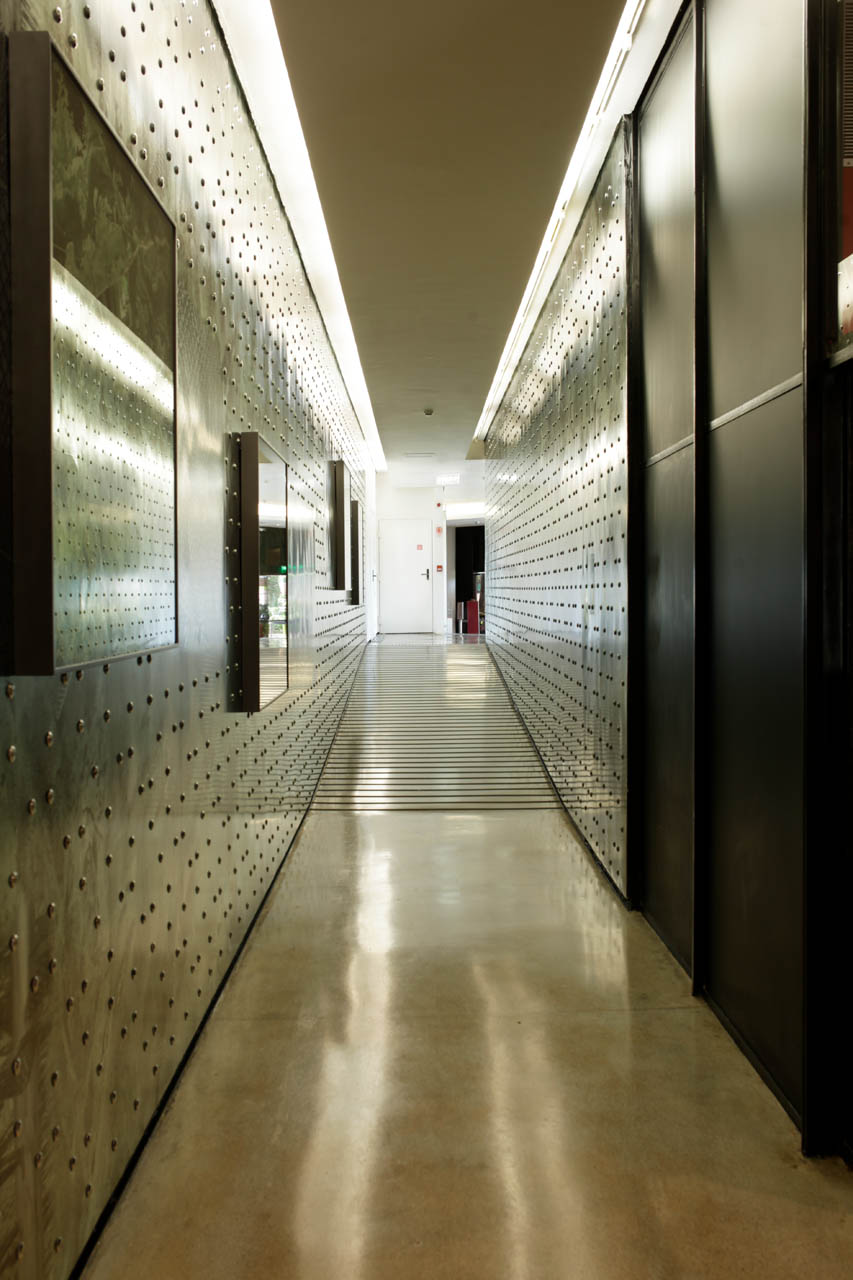 foto de Pedro Perez Machado
foto de Pedro Perez Machado foto de Pedro Perez Machado
foto de Pedro Perez Machado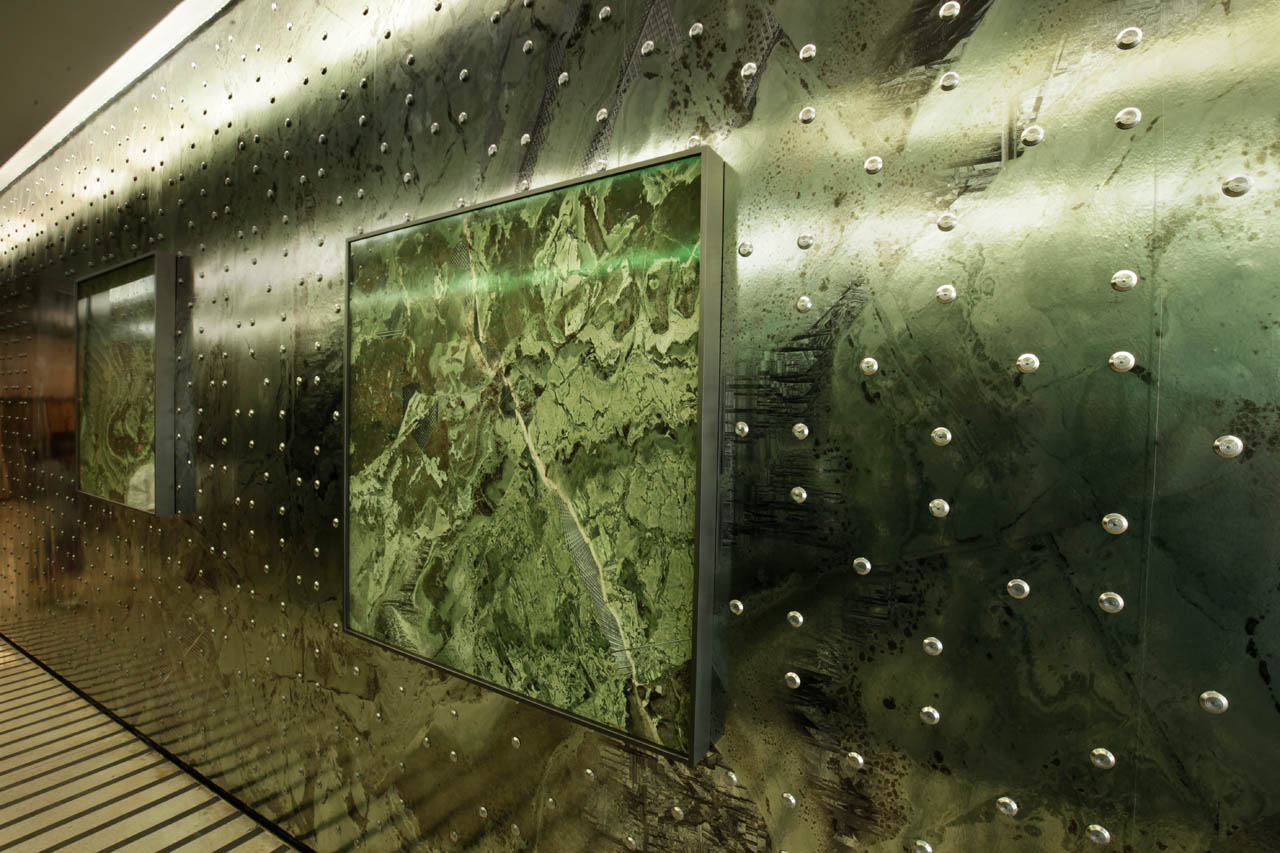 foto de Pedro Perez Machado
foto de Pedro Perez Machado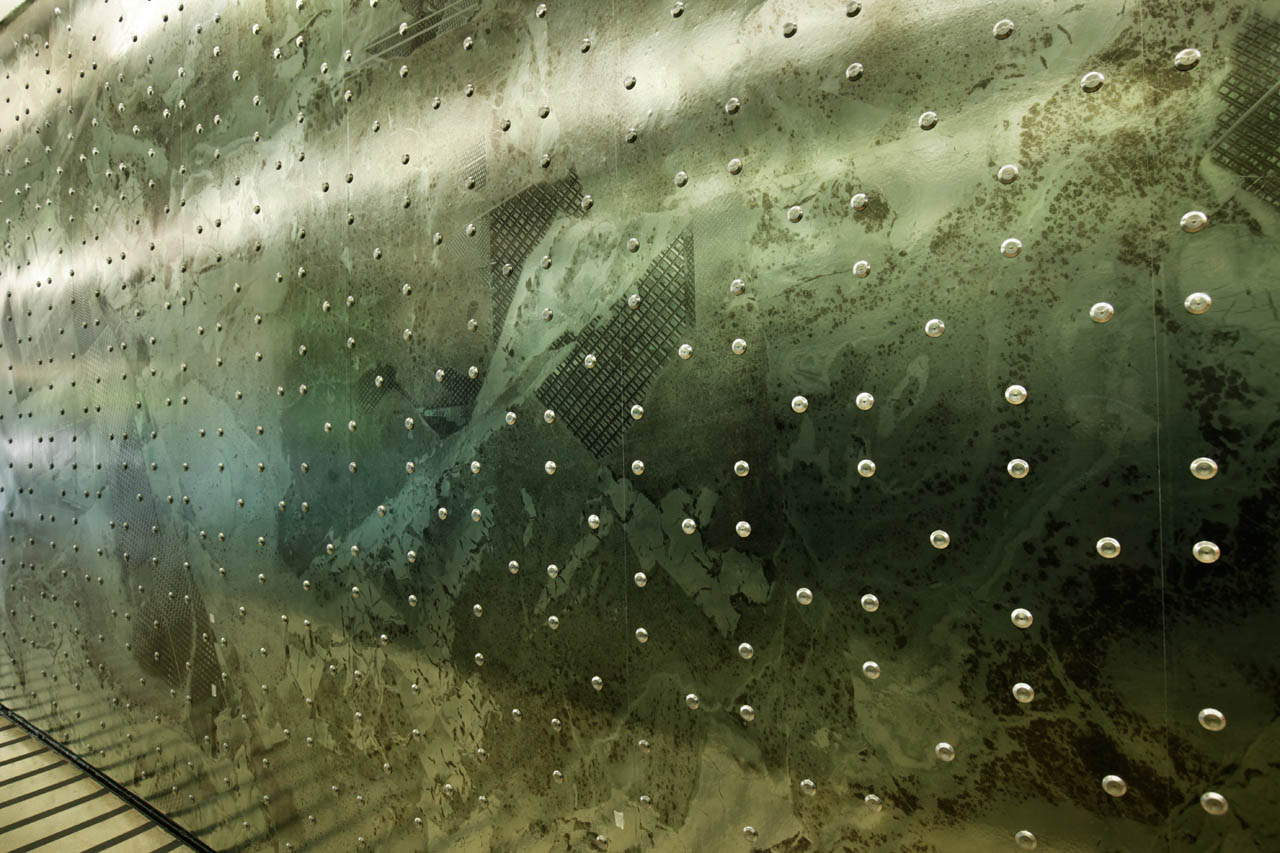 foto de Pedro Perez Machado
foto de Pedro Perez Machado foto de Pedro Perez Machado
foto de Pedro Perez Machado foto de Pedro Perez Machado
foto de Pedro Perez Machado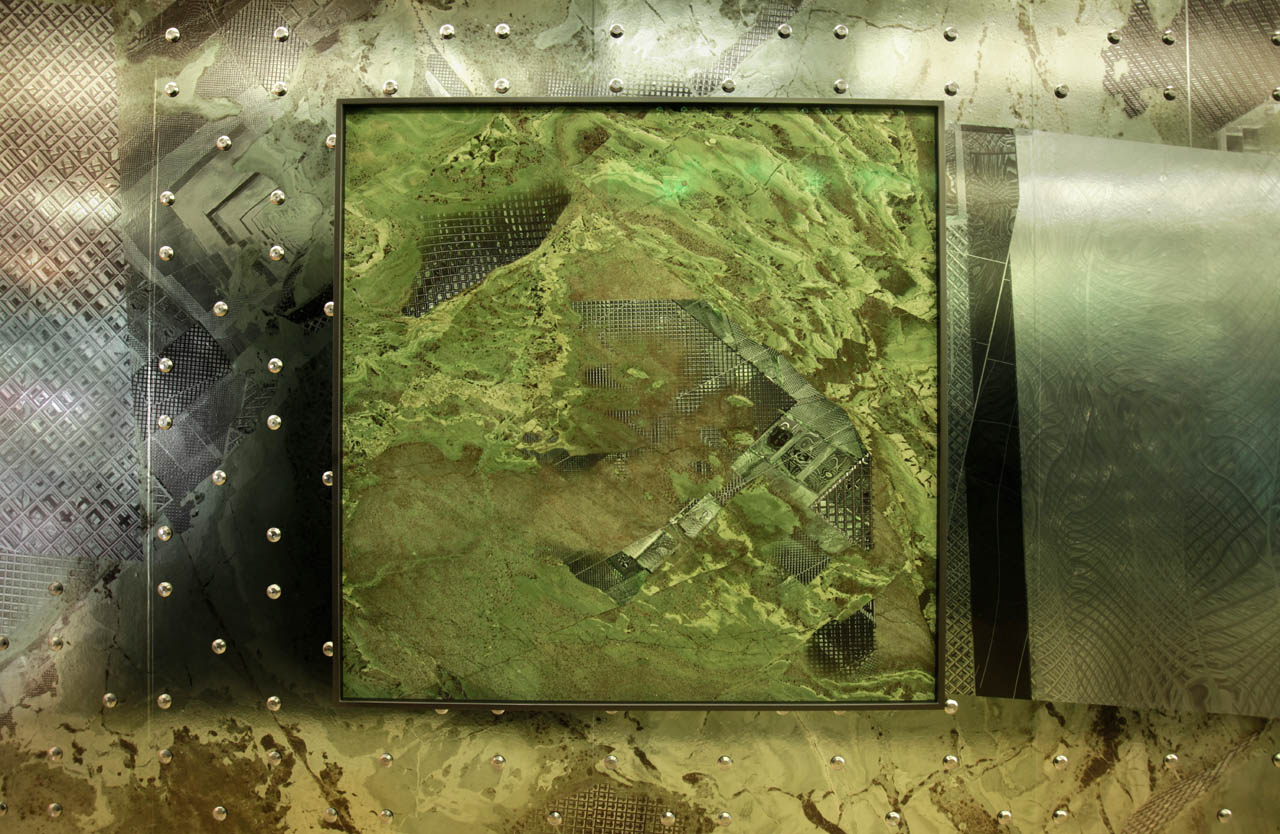 foto de Pedro Perez Machado
foto de Pedro Perez Machado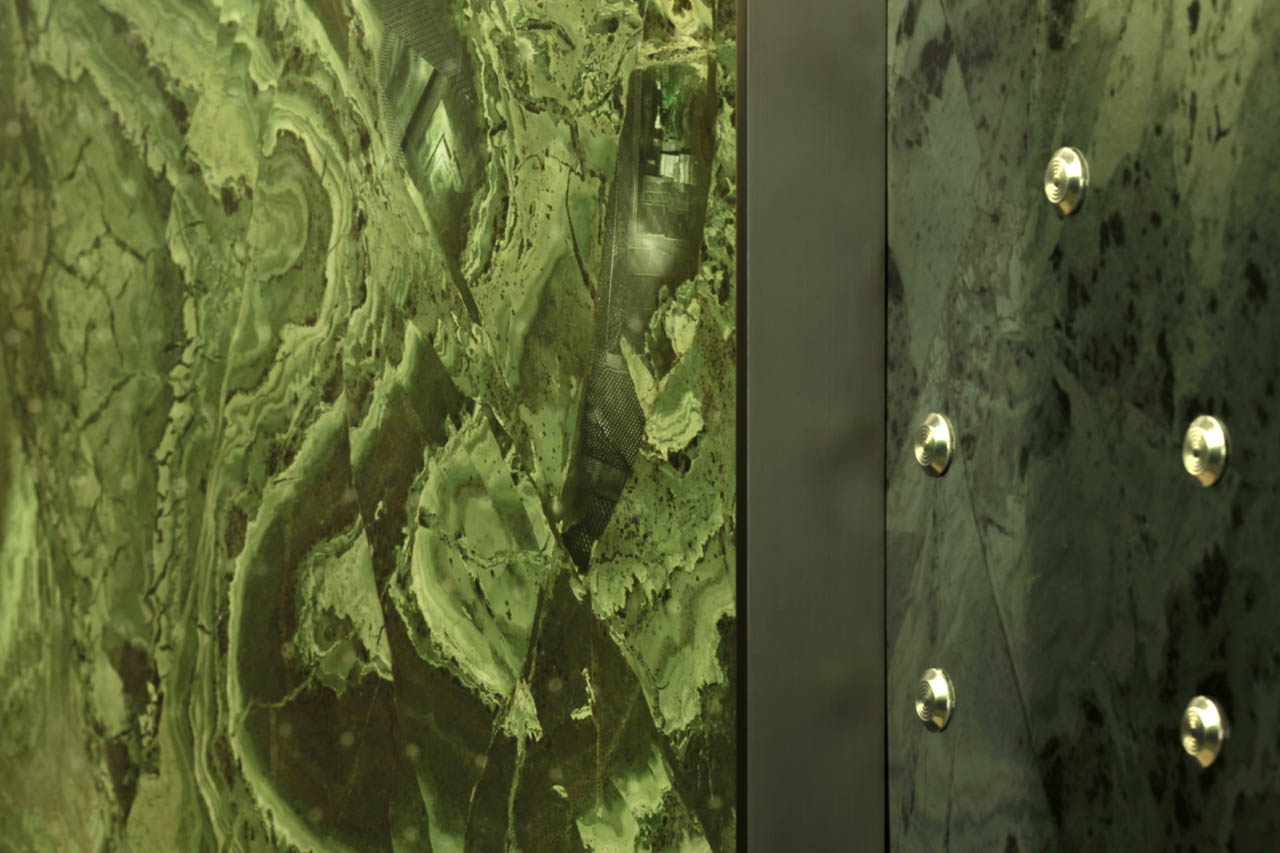 foto de Pedro Perez Machado
foto de Pedro Perez Machado foto de Pedro Perez Machado
foto de Pedro Perez Machado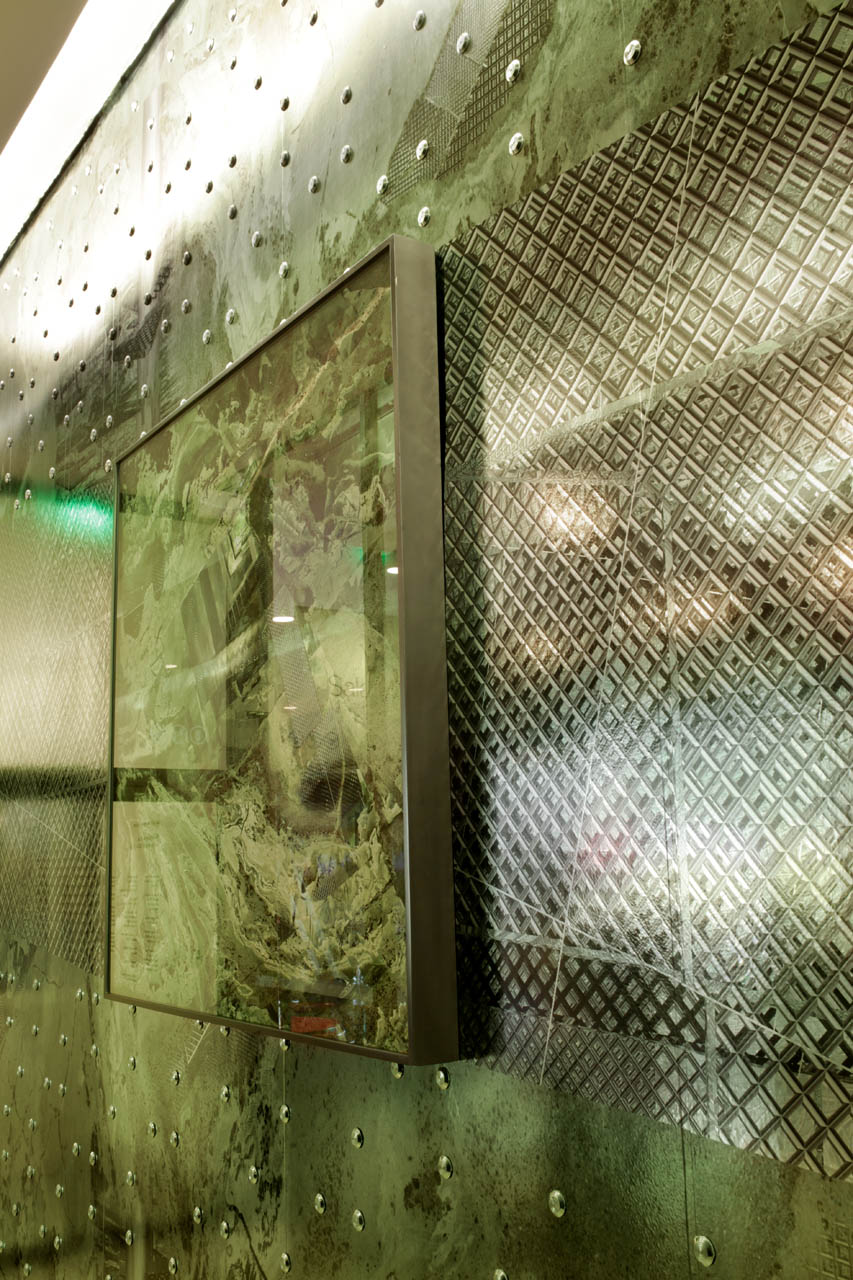 foto de Pedro Perez Machado
foto de Pedro Perez Machado foto de Pedro Perez Machado
foto de Pedro Perez Machado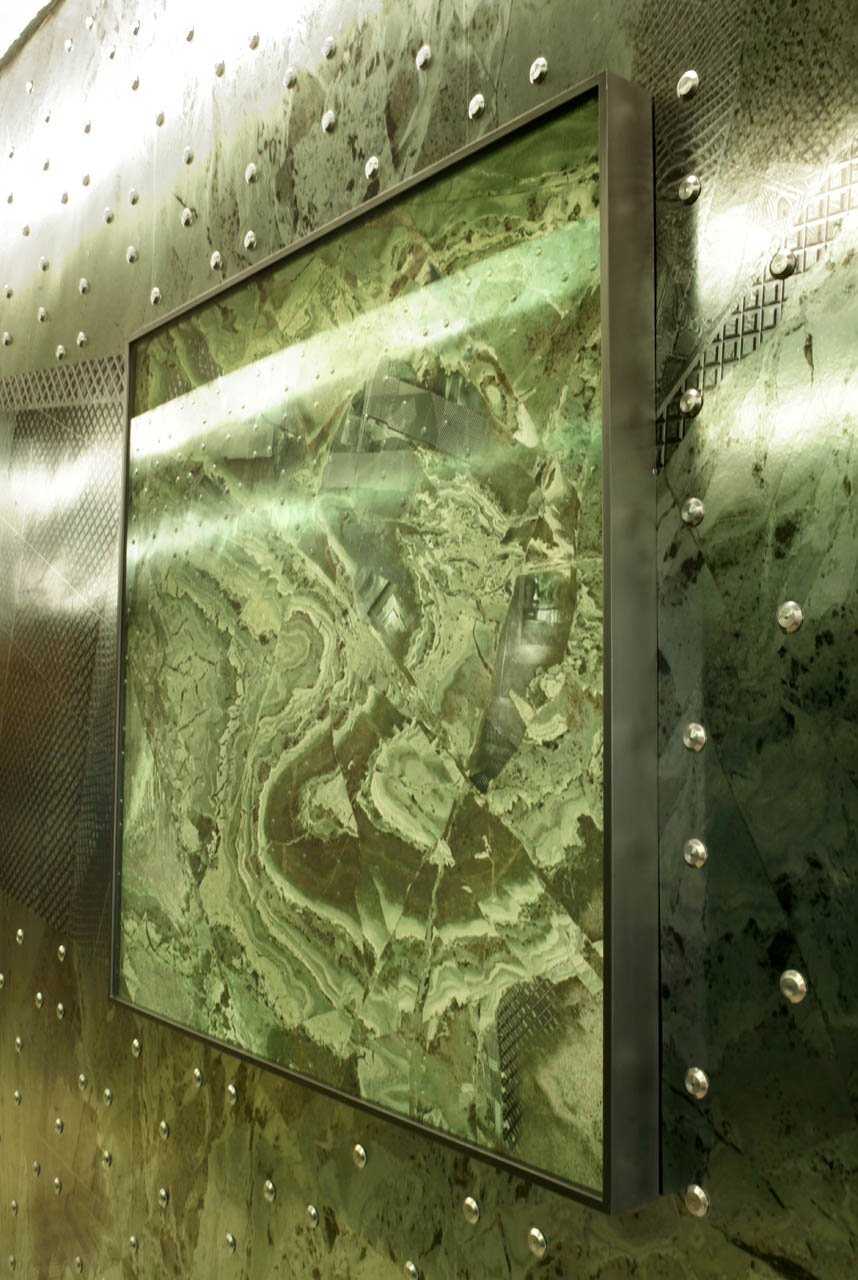 foto de Pedro Perez Machado
foto de Pedro Perez Machado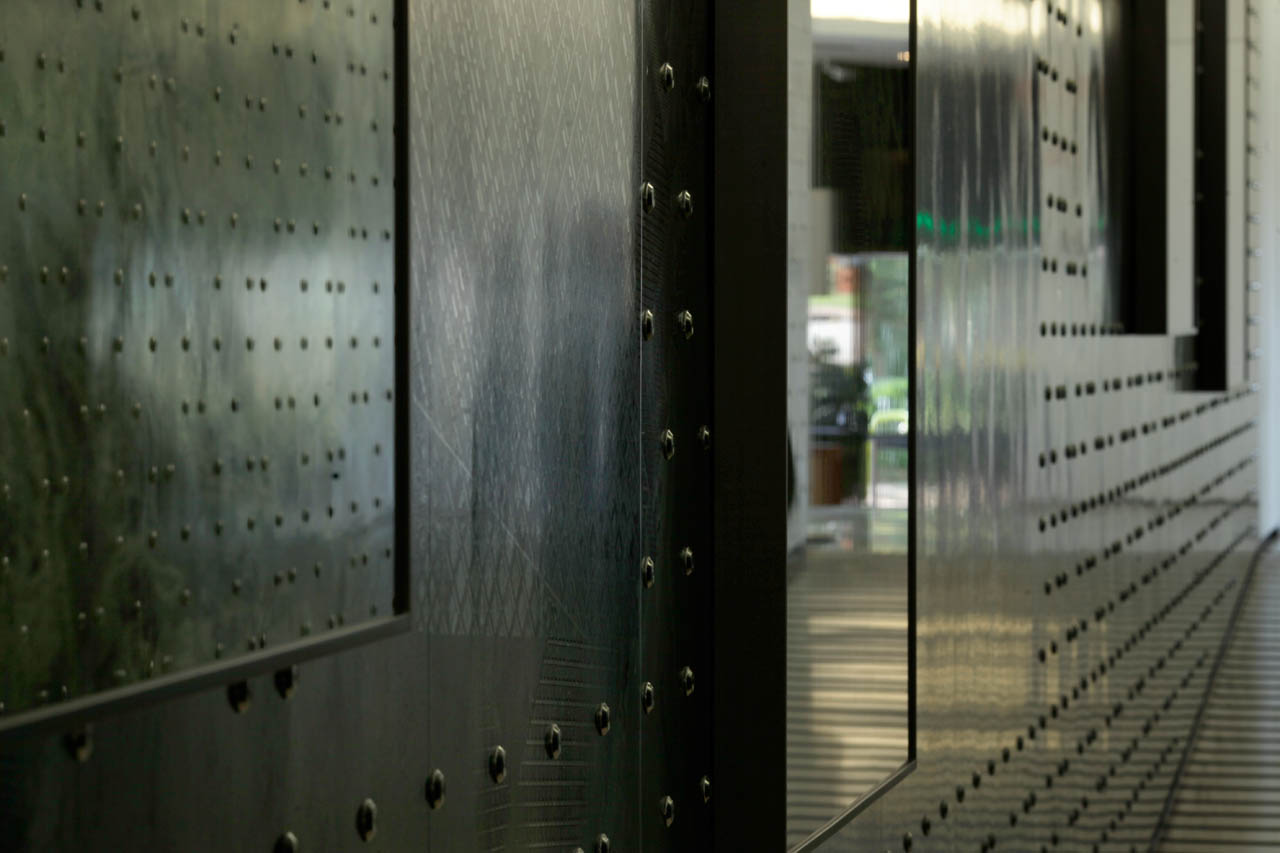 foto de Pedro Perez Machado
foto de Pedro Perez Machado foto de Pedro Perez Machado
foto de Pedro Perez Machado